
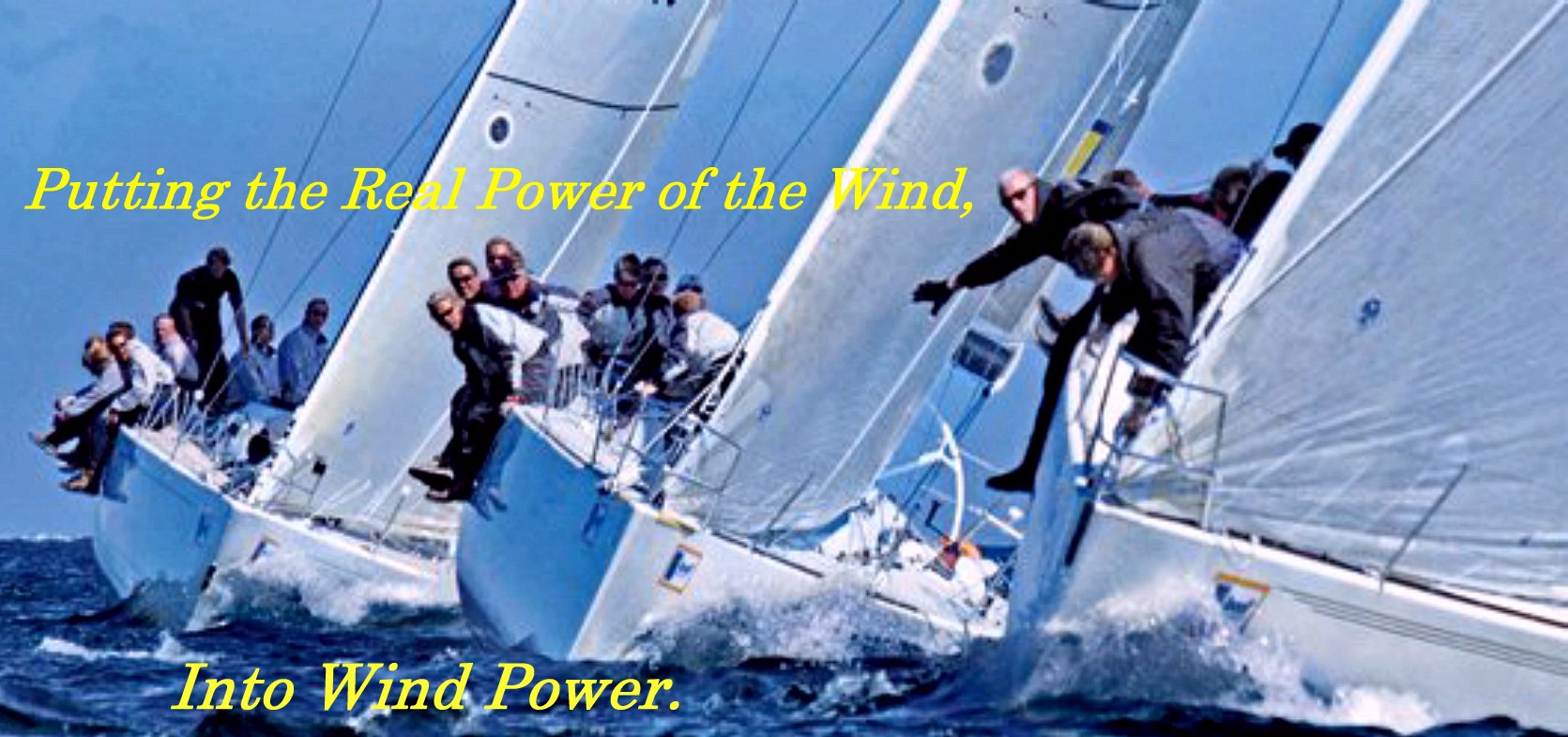
 |
 |
| Sail Power | AgOH Biocides | NWTC | Long Range EV's | Rare-Earth Recovery | F-S R&D Contact Center |
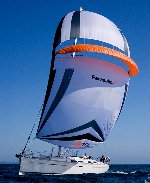 |
Wind Power Using Actual Sails. | 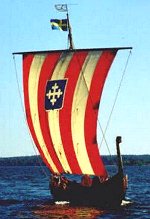 |
 |
Effective Wind Power has been
around for several thousand years. When analyzing the best propeller design for
Wind Turbines, there is a fundamental difference between a "driving" prop
and a "driven" prop. That difference is the relative air speed
compared to the prop speed. A driving prop for creating thrust will spin over 50x faster than the local air speed. A driven prop for generating power will never exceed the local air speed. In order to balance the Reynolds’s Number for these low wind speeds, one must increase the chord length & surface area of each prop blade, -not decrease it. |
|
| Sail Boats have been maximizing sail
area since the beginning of Sailing, but look at a modern Wind Turbine's
propeller today; three long spindly propeller arms reaching out to nothing, and most often standing
still. |
 |
|
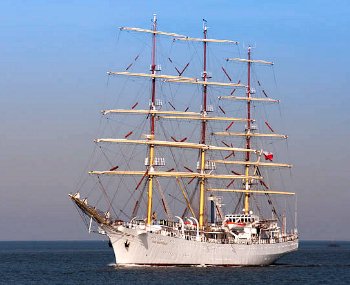 |
Imagine the ships with full sails above are racing the same type of ship on the left. Which one do you think would win? Which ship do you think probably wouldn't be able finish the race? |
|
| Who do you think is going faster? The tall masted ships in the background, or the small boats in the front with full sails? |
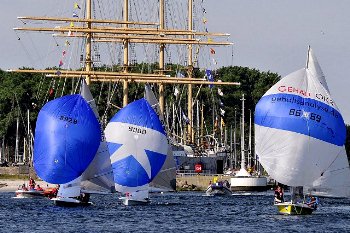 |
|
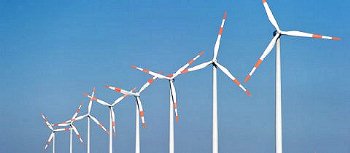 |
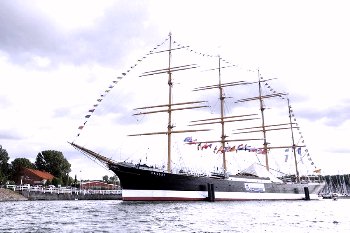 |
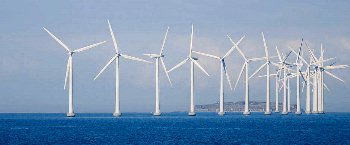 |
| The total frontal surface area these wind turbine props cover at any given point in
time is about 3%, which means 97% of the rest of the wind goes right past
without any useful power generation at all. A great waste of time, effort,
materials, and wind. _______________________________________________________________________________________________________________ |
||
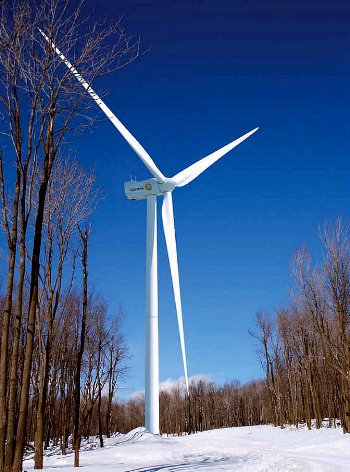 |
These two wind turbines are about the same size, weight, and height above the ground. Which one of these do you think will catch more wind and generate more power? The old Fan Geometry on the right will definitely catch and slow down more wind, and therefore generate more useful power. The difference in performance between these two is largely proportional to the ratios of their total frontal surface areas. The more the frontal surface area can be maximized, the more wind can be caught to generate energy, almost regardless of the precision of aerodynamic design. ________________________________________ |
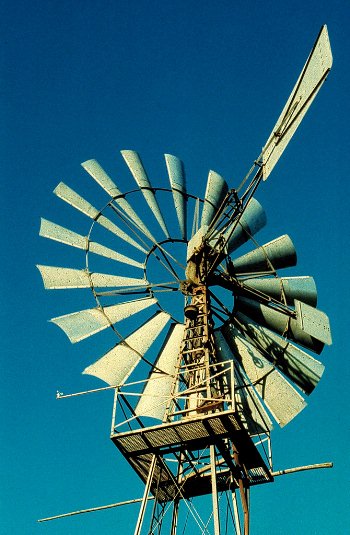 |
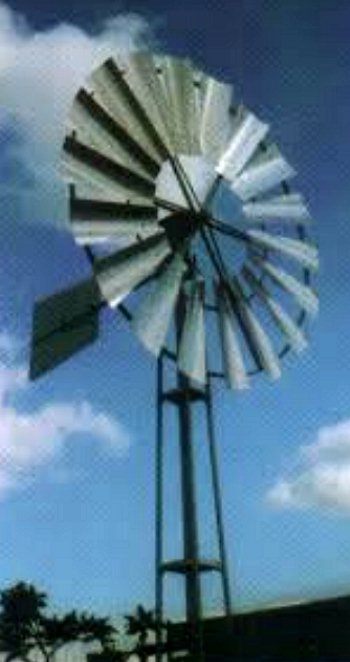 |
Now if those three blades were designed more like "masts" that could hold three sails that would cover upwards of 90% total frontal surface area; then the following would be possible: 1) the captured wind would increase by about 30 times, and so would the relative power generation, 2) the minimum operating wind speed would be reduced to below 5 mph, covering a larger portion of the daily wind profile, 3)
and, because of the increased efficiency, Sail Turbines can be made
smaller, lighter, and more economical than either the larger, heavier skinny prop
designs, For a more Scientific and Technical Discussion of these Aerodynamic Properties, Please, read further on: |
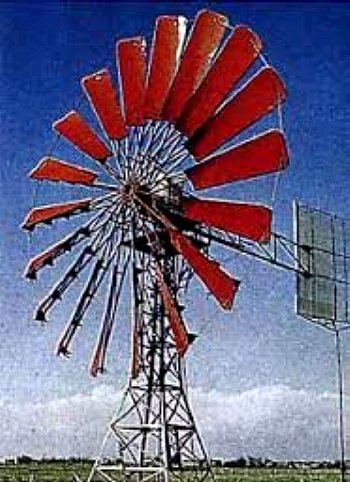 |
|
One can argue that high winds will cause damage to such a large area prop. In Sailing, a method called “Reefing” is used, -an ancient technique of folding or rolling in the sail, reducing total sail area to safe levels in heavy storms. Self-Reefing is an automatic, motorized version of the very same, which is common on most yachts. Self-Spilling is another technique that is achieved simply by using a big elastic cord. The stronger the wind, the more the cord stretches, and the more the wind spills out of the sail; always keeping within safe levels. This approach responds much faster than Self-Reefing systems in gusty winds. |
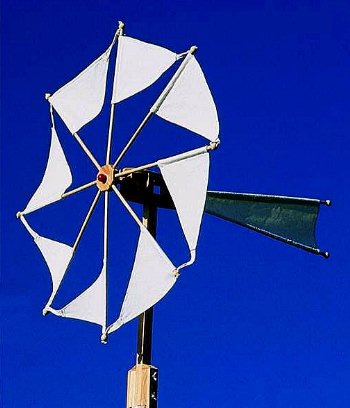 Any sail in the wind is a good place to launch. |
These
age-old sailing principles and techniques have been used
in high performance sailing for a long time. Just study the many
advances in sail designs that have been used in the World's Cup
Regattas. It is now time to use this age-old know-how and apply it to high performance Sail Turbines, so they can generate ten times more power over a wider range of wind speeds. |
| Sail Power | AgOH Biocides | NWTC | Long Range EV's | Rare-Earth Recovery | F-S R&D Contact Center |
 |
 |
|
| FUTURE-SPARK R&D | ||
| Where generating Sail Power is a breeze. |